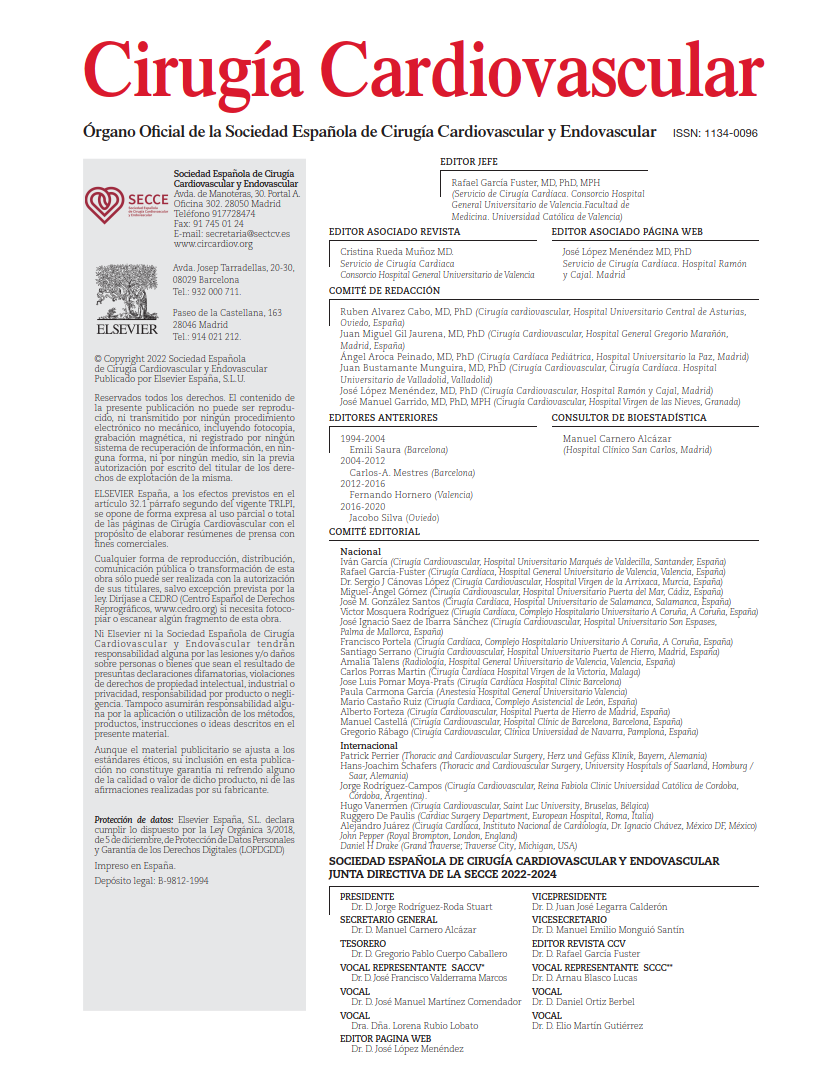Hypoplastic left heart syndrome (HLHS), if untreated surgically or percutaneously, has a fatal course, causing the death of 95% of affected infants within the first month of life. Although described in the 1950s, no effective surgical treatment was available until the 1980s, thanks to Bill Norwood. The Norwood procedure reconfigures the heart to make the right ventricle the systemic pump, something previously unseen in any living being with a dual circulatory system. It included a systemic-to-pulmonary shunt (modified Blalock-Taussig shunt) to maintain pulmonary blood flow. This allowed, one year later, the performance of the second-stage atriopulmonary connection (Glenn procedure) in a 16-month-old child, marking another milestone in pediatric cardiac surgery. Despite these advances, outcomes remain suboptimal, and mortality has only modestly improved over the past 25 years. In fact, some countries opt not to offer a surgical solution due to the high morbidity and mortality associated with the Norwood, Glenn, and Fontan stages. In Spain, few adults with a Fontan correction initially had HLHS.
The history of managing HLHS has evolved alongside technological innovations and improvements in postoperative care. It has even forced the adoption of a true hybrid mindset, where cardiac surgeons and interventional cardiologists work hand-in-hand. Initially, Norwood procedures were performed under deep hypothermic circulatory arrest. In the 1990s, selective cerebral perfusion was introduced, avoiding deep hypothermia. However, no differences in neurological outcomes have been observed between the two techniques, making it an ongoing debate. Simultaneously, the development of intensive care units with milrinone and alpha-receptor antagonists allowed better afterload reduction.
In the 1990s, Dr. Shunji Sano introduced a modification of the Norwood procedure in 19 HLHS patients, incorporating a right ventricle-to-pulmonary artery (RV-PA) shunt. This configuration provided greater hemodynamic stability by reducing diastolic runoff that often led to coronary ischemia. The debate over shunt type led to the first prospective, randomized multicenter trial in pediatric cardiac surgery: comparing the Blalock-Taussig-Thomas (BTT) shunt to the Sano shunt. The Sano group showed higher 12-month survival, albeit with more unplanned reinterventions. Medium-to-long-term studies have not shown significant differences. Sano’s modification was made possible by the availability of Gore-Tex® conduits. Earlier, Dr. Norwood had attempted a similar approach, but the smallest available conduit was a valved 12-mm one—too large for neonates. Dr. Sano introduced multiple refinements to his technique: altering conduit diameter, using or omitting clips, shifting anastomosis from left to right of the aorta, enlarging distal anastomosis with pericardial patches, and evolving proximal suture techniques (epicardial, dunk, or periscope techniques). Some centers even use valved femoral vein homografts between the Gore-Tex® conduit and pulmonary branches. Still, the optimal technique remains undefined.
As Dr. Charles D. Fraser Jr. rightly stated, “we may be overemphasizing the source of pulmonary blood flow, which might not be that relevant.” This view is supported by the Single Ventricle Reconstruction (SVR) Trial, where outcomes between Sano and BTT became comparable after the first year. Alarmingly, 12-year survival stands at only 56%. The trial helped identify risk factors for Norwood: while aortic atresia and mitral stenosis do not necessarily increase mortality, they do raise procedural complexity due to potential coronary fistulae. It also enabled evaluation of long-term neurological development and quality of life.
Given these findings, the search for alternatives is unsurprising. Hybrid interventions and the percutaneous stage I promoted by the Giessen group aim to avoid neonatal surgery. However, this results in a more complex and higher-risk stage II due to extensive percutaneous material removal. Conversely, the Florida group supports stabilization with various hybrid support systems until transplantation.
The authors conclude that the future of HLHS is still being written. We must remain open to the bold innovations emerging from different centers, as the current paradigm is insufficient.
COMMENTARY:
Today’s article offers a glimpse into the intricacies of the Norwood procedure’s history. The section on unresolved challenges deserves special mention, as it hints at future research avenues. One key question for all surgeons is the long-term quality of life for patients undergoing multiple surgical and percutaneous procedures. Xenotransplantation is a promising solution, but still distant. Another major issue is tricuspid regurgitation, a poor prognostic factor. We lack clarity on when and how best to repair it. Neonatal tricuspid repair during the Norwood procedure is extremely challenging due to tissue fragility. Its durability is also uncertain. Some centers, such as the one in Florida, advocate for transplantation as a viable solution rather than a failure of treatment.
Lastly, there is an important section addressing the optimal management of patients with borderline left ventricles.
No pediatric cardiac surgeon is satisfied with current treatment options for HLHS. Enormous efforts have been made, yet outcomes remain insufficient. It is time to be creative and seek innovative solutions—time to break the mold, as Bill Norwood did more than 40 years ago.
REFERENCE:
Bacha EA, Nguyen SN, Goldstone AB, Kalfa D. A Perspective on Neonatal Management of Hypoplastic Left Heart Syndrome. Semin Thorac Cardiovasc Surg Pediatr Card Surg Annu. 2025;28:3-12. doi: 10.1053/j.pcsu.2024.12.002.



